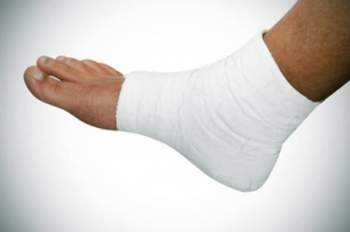
Types of Injury Laws

Popular In Personal Injury
Damages Compensation Personal Injury Settlement Calculator Proximate Cause Personal Injury Lawsuit Injury Examples Of Personal Injury Cases Personal Injury Settlement Personal Injury Lawyer How To File A Personal Injury Accident Claim Personal Injury Protection Pip Personal Injury Law Firm
What is a Tort?
There are many different types of torts and they generally fall into three categories: intentional, negligent, and strict liability torts. A tort is brought against other parties by private citizens, and do not require an actual written contract to be breached by either of the parties. A tort is a personal injury committed against another party.
A plaintiff may also be awarded damages for personal injury, such as pain and suffering. This is called punitive damages, but are not always available in tort law. Tort law is considered more debatable than other areas of law, due to the fact that there are many defenses available when in defense, and, at the same time, there are also many remedies available to the plaintiff when attempting to collect due to damages.
What is Strict Liability?
Strict Liability is the extent of damage caused to a party, through the actions of another. Once you commit a tort, you are liable and the next question is, how liable the party really is. You may have accepted the fact that you have committed the tort, but whether it was avoidable, or if the damaged party contributed to the tort, are two factors that may play a major role when it comes to sorting out how liable each party is.
Tort law is known to be fair in some aspects and unfair in others. At the end of the day, it balances out. Tort law relies heavily on intent, and that in its own can relieve a party from the amount of liability he/she is initially penalized. When it comes to liability, the responsibility of one's duty to act as a reasonable person may be the deciding factor.
What is Negligence?
Negligence used to be a much broader term that referred to any sort of breach of the peace, but has evolved over time to become a separate entity from intentional torts as well as strict liability torts. There are certain elements that are required to prove that a defendant acted negligently. There is a specific code of conduct which all people are expected to follow and there is a duty of the public to act in a certain way which reduces the risk of harm to others. Negligence law is based on how a reasonable person in the defendant's situation would have acted.
A person's age, physical, and mental characteristics are taken into account. In negligence cases, the standard of care refers to the amount of precaution and diligence taken by the individual who duty it is to provide care to the plaintiff. Some negligence cases are left to the discretion of the judge or jury, while other cases are based on violation of statute. Failure to abide by the code of conduct established by legislature may result in the defendant being liable for harm to the plaintiff caused by negligence.
What is Proximate Cause?
The theory concerning proximate cause and vicarious liability refers to the chain of events which precedes the infliction of any form of injury. A person may play some role in starting such a chain of events without which, it can later be proved, an accident would not have occurred, without being found to possess vicarious liability for the eventual ill-effects. The legally relevant proximate cause is the one which should have occurred with the reasonable knowledge that it was reckless and might lead to someone suffering harm. In identifying this state, the law refers to the intervening cause.
NEXT: What is Personal Injury Law




















